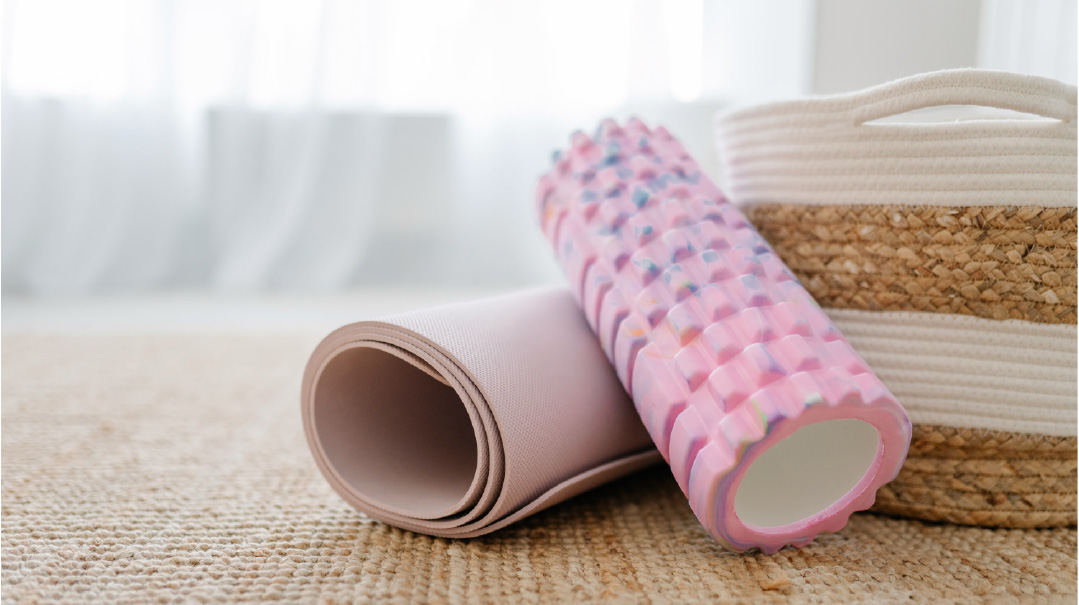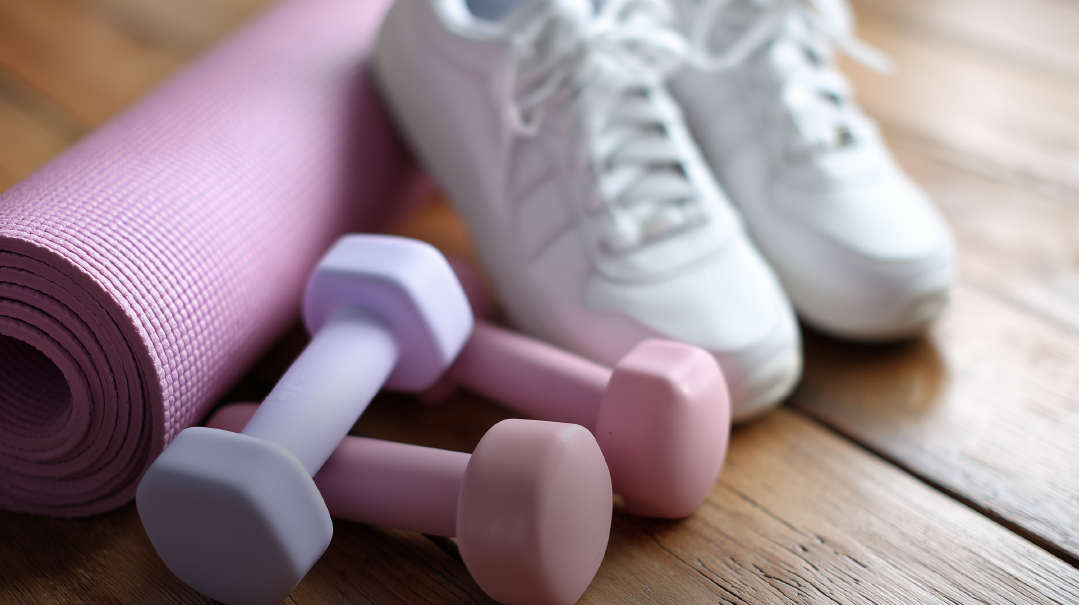Fitness IQ: The Science behind the Sweat

Are there benefits to foam rolling?

Foam rolling is a self-massaging technique that uses a long foam cylinder to relieve muscle pain and tension. Our muscles are surrounded by connective tissue called fascia. Sometimes adhesions form between the muscle and the fascia, causing muscle soreness and knots. Foam rolling, also called myofascial release, targets and releases these adhesions.
Foam rolling can be beneficial before a workout to loosen muscles, or afterward to relieve soreness. Various rolling exercises target different muscle groups in the body.
Foam rolling exercises offer additional benefits, as well. They can strengthen the connection between the muscles and the brain. They can also lengthen the muscles you’re working on, allowing you to get full input from those muscles, instead of compensating with other muscle groups. Foam rolling also increases blood flow to the muscles you’re working on and allows for increased range of motion.
There are many types of foam rollers ranging from soft to firm, with smooth or various textured surfaces. Beginners may find a soft foam roller easier to use, and can progress to firmer ones as they become more tolerant of the technique.
Oops! We could not locate your form.







